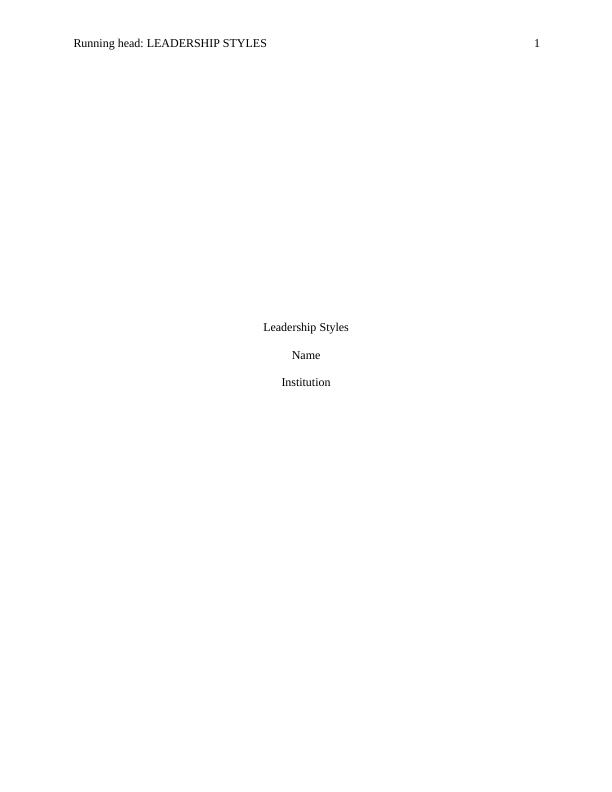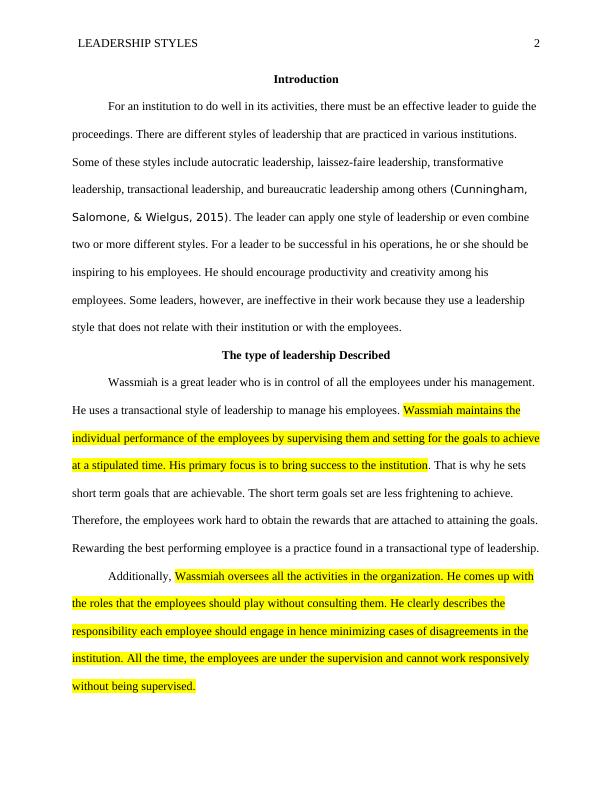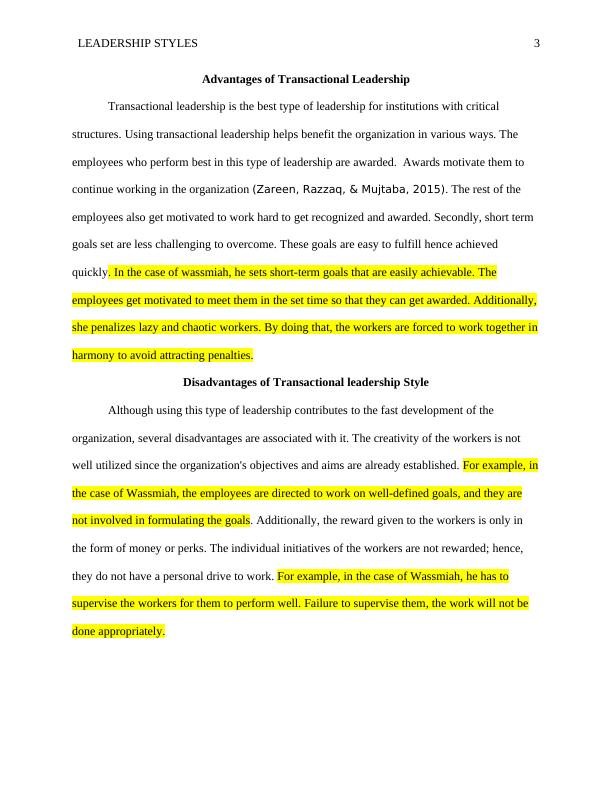Leadership Styles and Employee Motivation in Transactional Type of Leadership
Added on 2022-10-02
6 Pages1429 Words282 Views
End of preview
Want to access all the pages? Upload your documents or become a member.
Leadership Models and Cross-cultural Communication in International Management
|10
|694
|231
Jack Welch: Leadership Style and Change Management
|7
|1590
|481
Leadership Styles in National Bank of Bahrain: A Comparison of Transactional and Transformational Leadership
|24
|3442
|391
Importance of Leaders and Leadership in Organization
|3
|592
|31
Leadership Styles and Patient Safety
|5
|1069
|49
Leadership and Management for Service Industries
|16
|4881
|63



